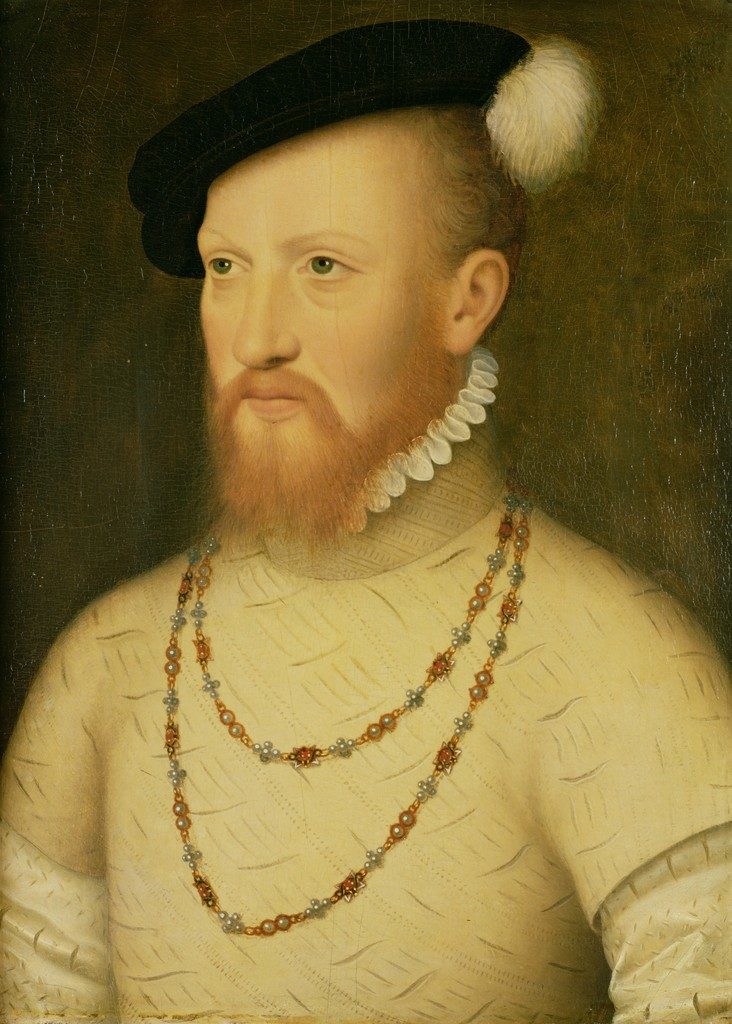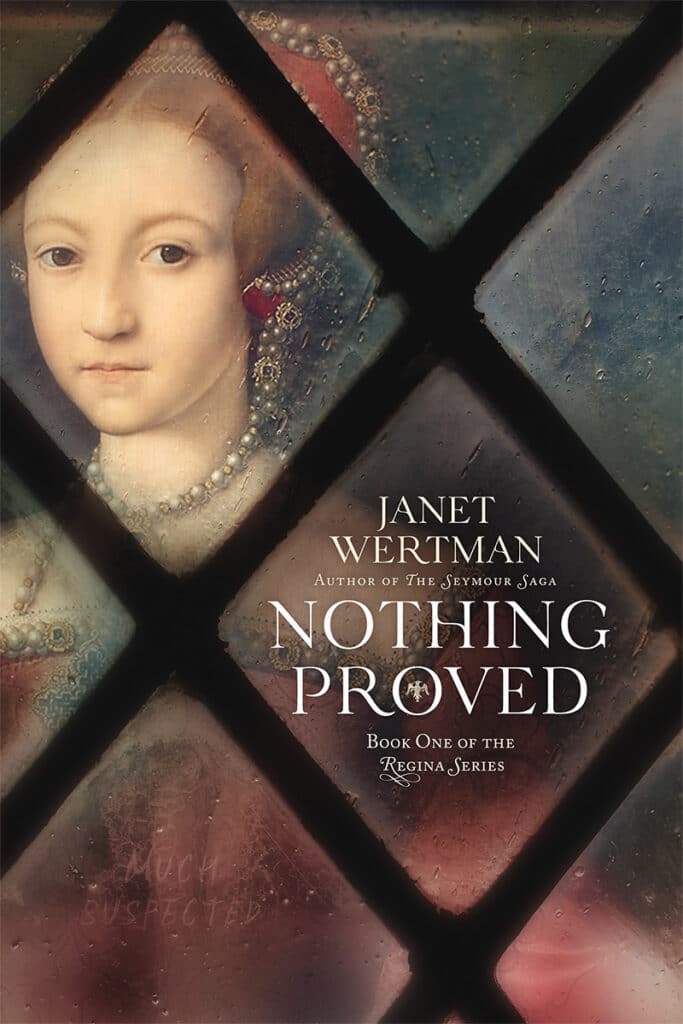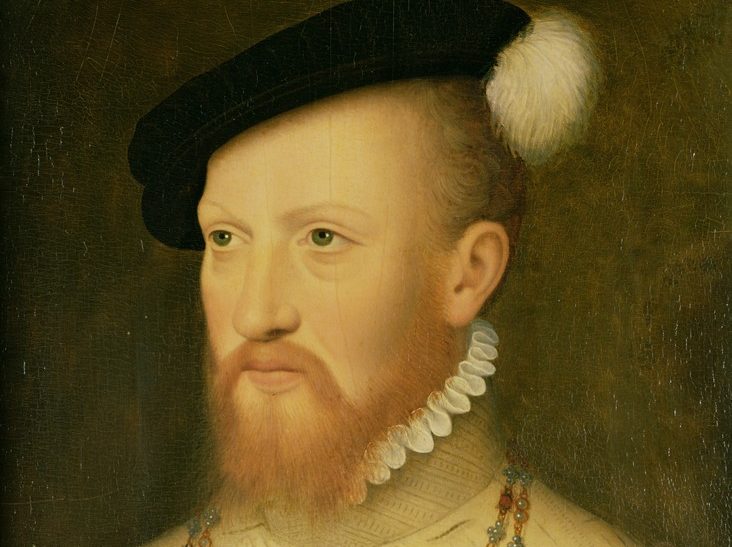
There were two key bodies that offered opportunities to influence the King: the Privy Chamber and the Privy Council.
The gentlemen of the Privy Chamber were the men who attended Henry personally in his apartments, helping him to dress, undress and toilet, generally keeping him company – and being discreet about everything they saw or heard. The position was granted only to favorites, and the ongoing intimate access kept these men among the most influential in the kingdom. (Based on this it should come as no surprise that the Groom of the Stool was one of the most coveted positions around…even though two of the men who held it ended up executed for treason…). Edward Seymour became a gentleman of the Privy Chamber in March 1536, just two months before his sister Jane replaced Anne Boleyn as Queen (read into that what you will).
The Privy Council was the country’s elite governing board. Its members primarily earned the appointment through their positions: the Council reliably included the Lord Chancellor, the Chancellor of the Court of First Fruits and Tenths, the Master of the Horse, the Lord Privy Seal, the Comptroller of the Household, the King’s Secretary (a few of these…), the King’s Solicitor, the Lord High Admiral, the Vice-Chamberlain, the Lord Treasurer, the Lord Chamberlain of the Household, the Archbishop of Canterbury, and the Bishops of Winchester and Durham. Edward Seymour was appointed to the Privy Council without a corresponding “portfolio”…which was a major promotion but a bit of a hollow one as well when you think about it.
Interestingly it came after Henry had been married to Jane for almost a full year, and after she had become pregnant with what would be the heir that Henry had been praying for. I can’t help but contrast this to Henry’s treatment of George Boleyn. George had been a clear personal favorite of the King’s and was made a Privy Councilor in 1529 – also without a “portfolio” but with an important ambassadorial post – well before Anne became Queen (or even pregnant with what Henry was positive would be his heir). I have to believe Edward would have been wildly jealous of that…the Seymours and the Boleyns were second cousins (they shared a great-grandmother, Elizabeth Cheyney) so there must have been behind-the-scenes familial competition and comparisons starting from a young age.
(Either way, the jealousy would not have lasted long. Once Jane birthed the future Edward VI, Edward Seymour would vault past his by-then-dead rival with an Earldom specifically for him – not for the family patriarch. But that’s a story for another post…)
***
If you like my posts, you’ll love my books! Nothing Proved is my newest, the story of Elizabeth Tudor’s journey from bastard to queen. Get it now through your favorite platform – Amazon, Barnes & Noble, Kobo, Apple, or your own independent bookstore

(PS Already read it? Did you love it? Then please review it – even just a stars rating! It makes a huge difference in helping new readers find them and would mean the world to me!)

Having looked at Censorship in the Tudor period recently, Sir Thomas Moore as Lord Chancellor prepared a list of banned books and ruthlessly searched for copies of the 1st English Translation of the Bible, Tysdalesas, a banned book, he ordered the torture of many early Protestants.
Yet he is revered as a Catholic Saint? Was everyone a monster in this period?
You know what they say…the fish rots from the head down….